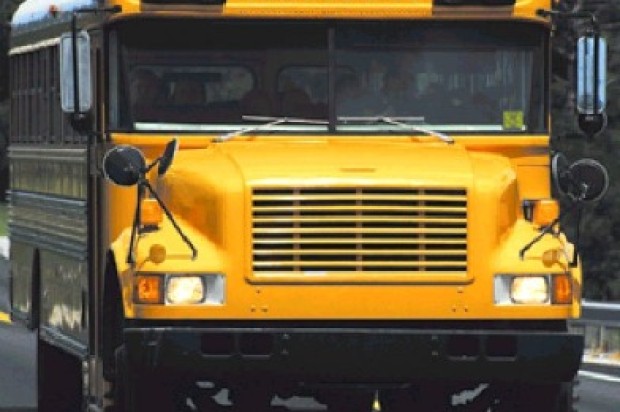
San Francisco Unified School District officials reporting that suspensions of African American students are down this year are crediting restorative practices championed by the Safe and Supportive Schools resolution passed by the Board of Education in 2013.
The Safe and Supportive Schools resolution aimed to create a framework for supporting positive behavior interventions and trauma sensitive practices in San Francisco’s public schools in order to address the disproportionately high number of African American students receiving suspensions.
The resolution was designed to “deepen and extend positive tiered behavioral interventions and alternatives to suspension, increase instructional time, and reduce racial disparities,” according to the school district.
This unconventional resolution also committed SFUSD to addressing disparities not only in suspensions, but also office referrals, expulsion referrals, and expulsions, which result in lost instructional time.
The school district has seen a sharp decrease in school suspensions since the resolution was established in 2013, district officials said.
Prior to the resolution, 2,298 suspensions took place during the 2011-2012 school year, compared to only 1,081 suspensions during the 2013-2014 school year.
According to district officials, midway through this school year, the disproportionality of suspensions is lower than in years past. While the frequency of suspensions has remained similar to last year, the number of African-American students suspended in the district is down 17 percent.
SFUSD Superintendent Richard A. Carranza said that suspensions should be avoided at all costs, as suspensions rarely result in improved long-term behavior.
Carranza said that when schools “don’t address the root problems, the same student is often repeatedly suspended” making those students more likely to fall behind in their studies and pushing them further from success.
Carranza commended school instructors for “the diligence they have shown in taking new approaches to addressing student behaviors that are resulting in reduced suspensions while also building a safe school climate.”
According to the SFUSD, district middle schools accounted for forty percent of the reductions as middle-school principals were the first to begin implementing behavioral response to intervention, a multi-tiered approach to aid struggling students.
During the implementation of the behavioral response to intervention framework, student progress has been closely monitored at each stage of intervention to determine whether there is need for further instruction or intervention, district officials said.
Among the various approaches implemented at Visitacion Valley Elementary School are daily check-ins with students, a school-to-home note program, and classroom circles in which students are encouraged to talk about how they are feeling.
At Civic Center Secondary School the faculty and staff are also taking alternative approaches such as making students waffles for breakfast on Fridays and issuing raffle tickets for positive behavior in class and good attendance.
At the end of each school day a raffle is held, with rewards that encourage good behavior, according to district officials.
Hannah Albarazi, Bay City News









